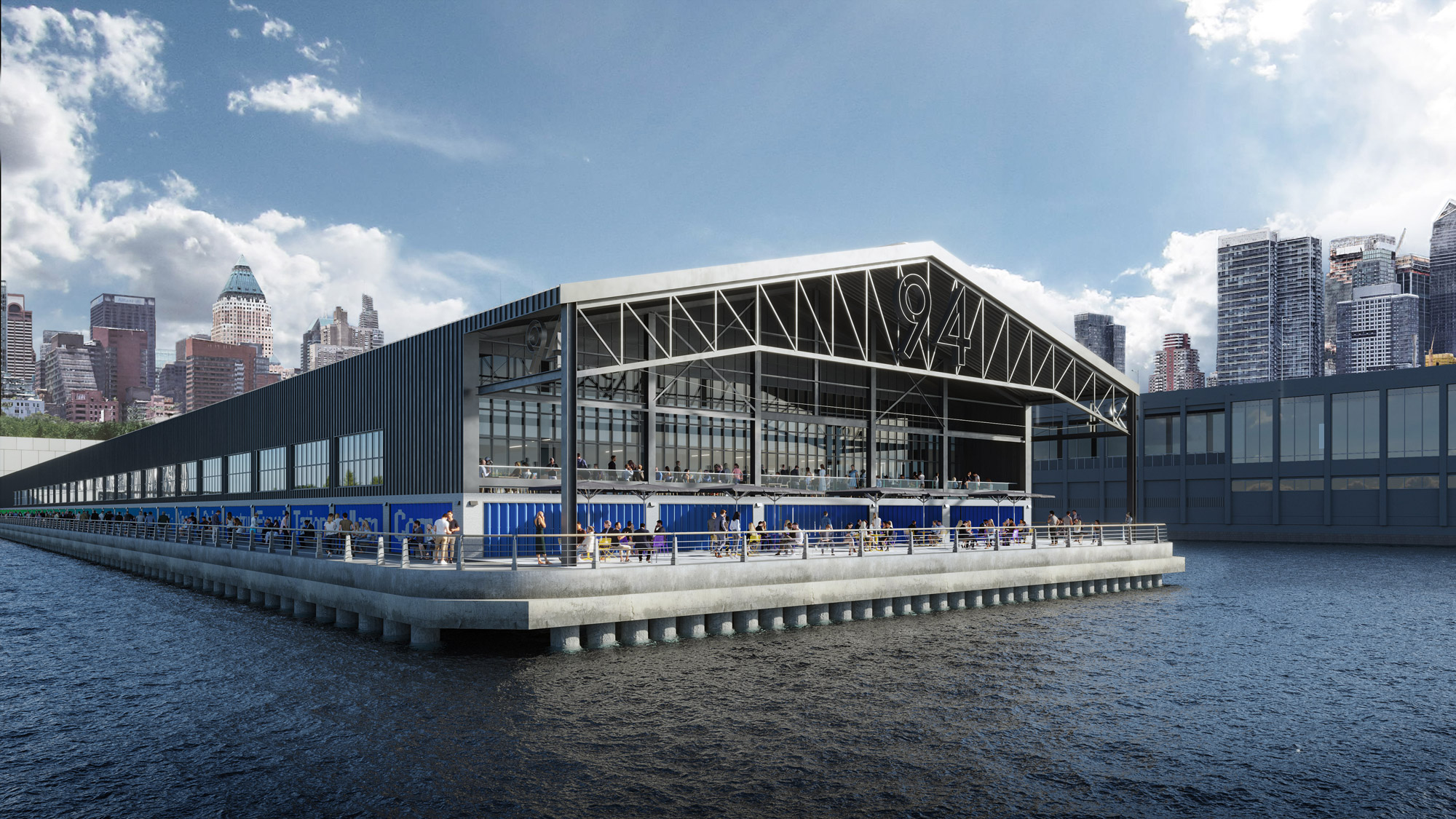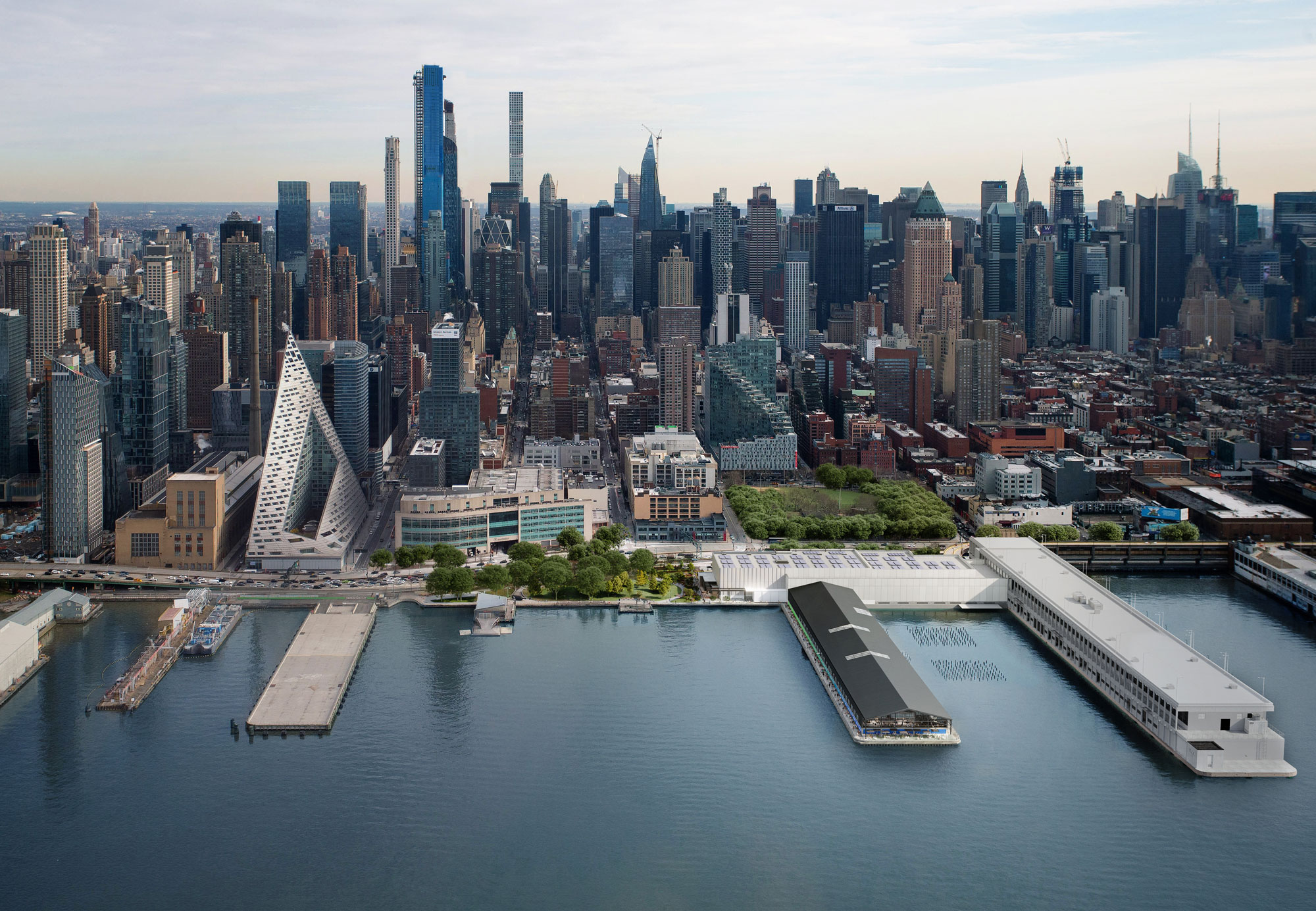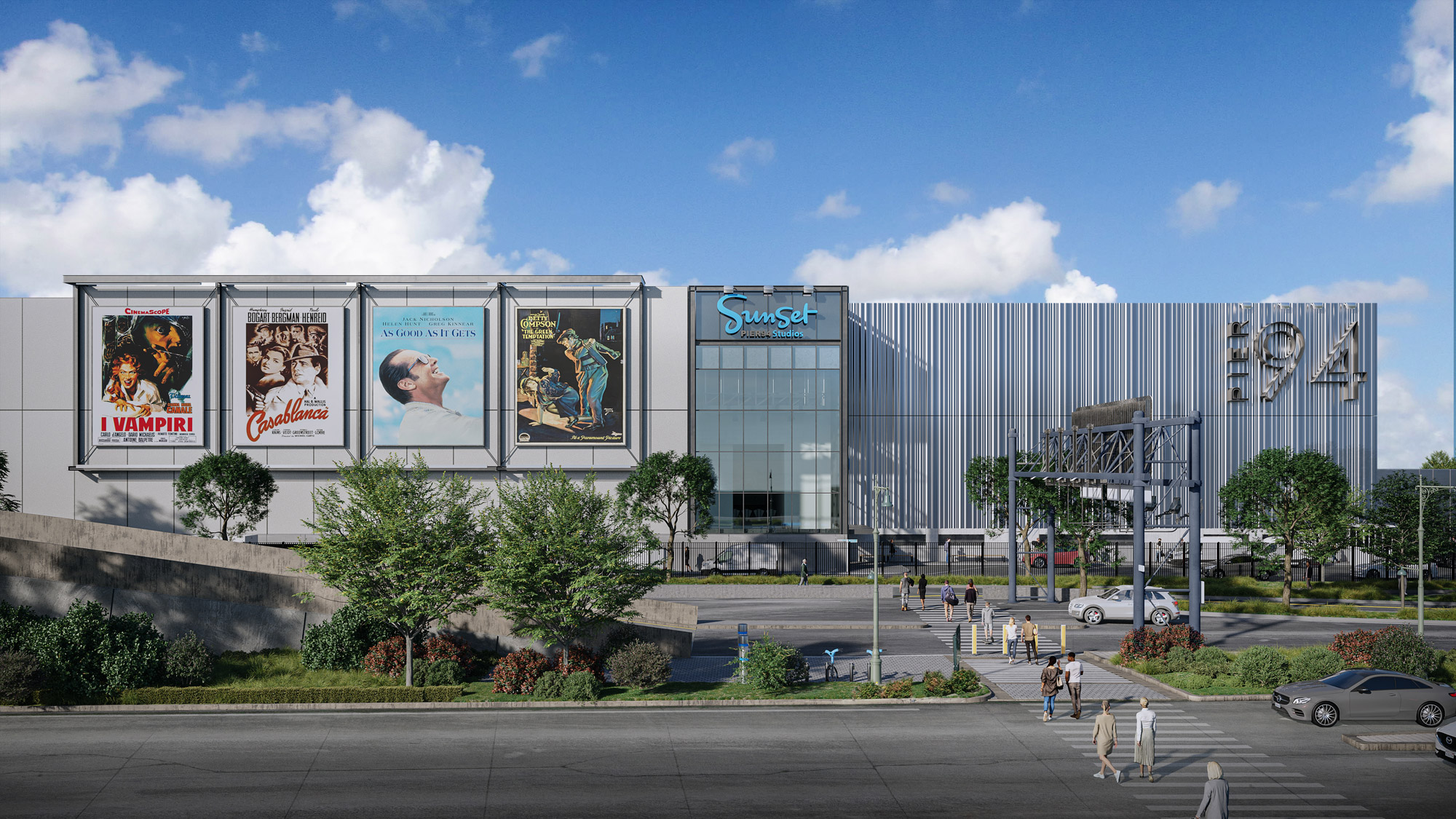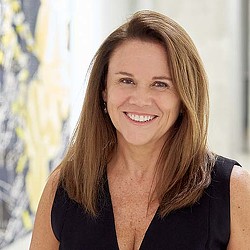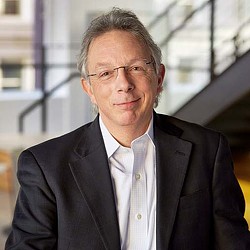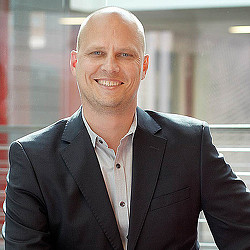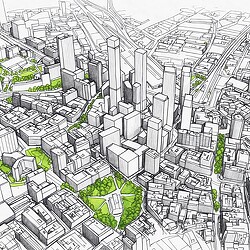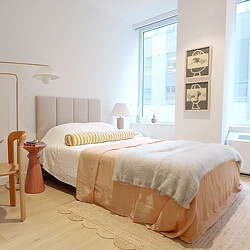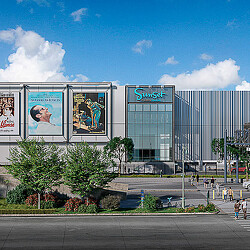Transforming Pier 94: A Collaborative Journey in Sustainable Design and Adaptive Reuse

Pier 94 on Manhattan’s Hudson River waterfront is undergoing a remarkable transformation. Originally designed to handle the largest and most luxurious ocean liners of its day, the site will soon be home to New York City’s first purpose-built, state-of-the-art film and television production facility: Sunset Pier 94 Studios.
Designed by Gensler, this public-private partnership between Vornado Realty Trust, Hudson Pacific Properties, Blackstone, the City of New York, and the NYC Economic Development Commission (NYCEDC) involves reclaiming a 226,000-square-foot area at the western terminus of 52nd Street in Midtown Manhattan. Once complete, Sunset Pier 94 Studios will include six stages and support spaces ranging from 10,000 to 20,000 square feet, with control room facilities and production suites, talent and support areas, and traditional workspaces. But you don't have to be a movie star to enjoy the project: the studio facility is accompanied by an 1,850-square-foot community amenity space, 25,000 square feet of open space on the pier, new public restrooms for Hudson River Park, and safety improvements to the existing greenway for those enjoying a walk or a stroll down the waterfront. Vornado, which contributed its long-term leasehold for Pier 94 to the venture, developed the Studios on behalf of the partnership.
As a leader in Gensler’s Media practice, I sat down with colleagues Leslie Jabs, Stephen Newbold, and John Weidner in anticipation of the project being completed and ready for bookings in January 2026 to discuss how our cross-disciplinary, multi-office team worked iteratively to refine concepts, address constraints, and ensure that good design remained top-of-mind throughout the process of reimagining this historic piece of New York City waterfront.
Adaptive Reuse and Sustainable Design
Adapting the historic pier building to comply with current codes was one of the project’s most significant challenges, with FEMA floodplain compliance in particular top of mind at the waterfront site. To overcome this, the design team raised the floor level by eight feet, creating a pathway where future storm tides can flow under the building, while also ensuring the site’s resilience and maintaining the integrity of the historic structure.
"We could change the skin,” Stephen Newbold explained, “so the entire pier shed was stripped to the ribs. Any future storm or flood tides will pass below that section of the building, allowing the river to flow over the old pier and underneath the new eight-foot raised floor level."
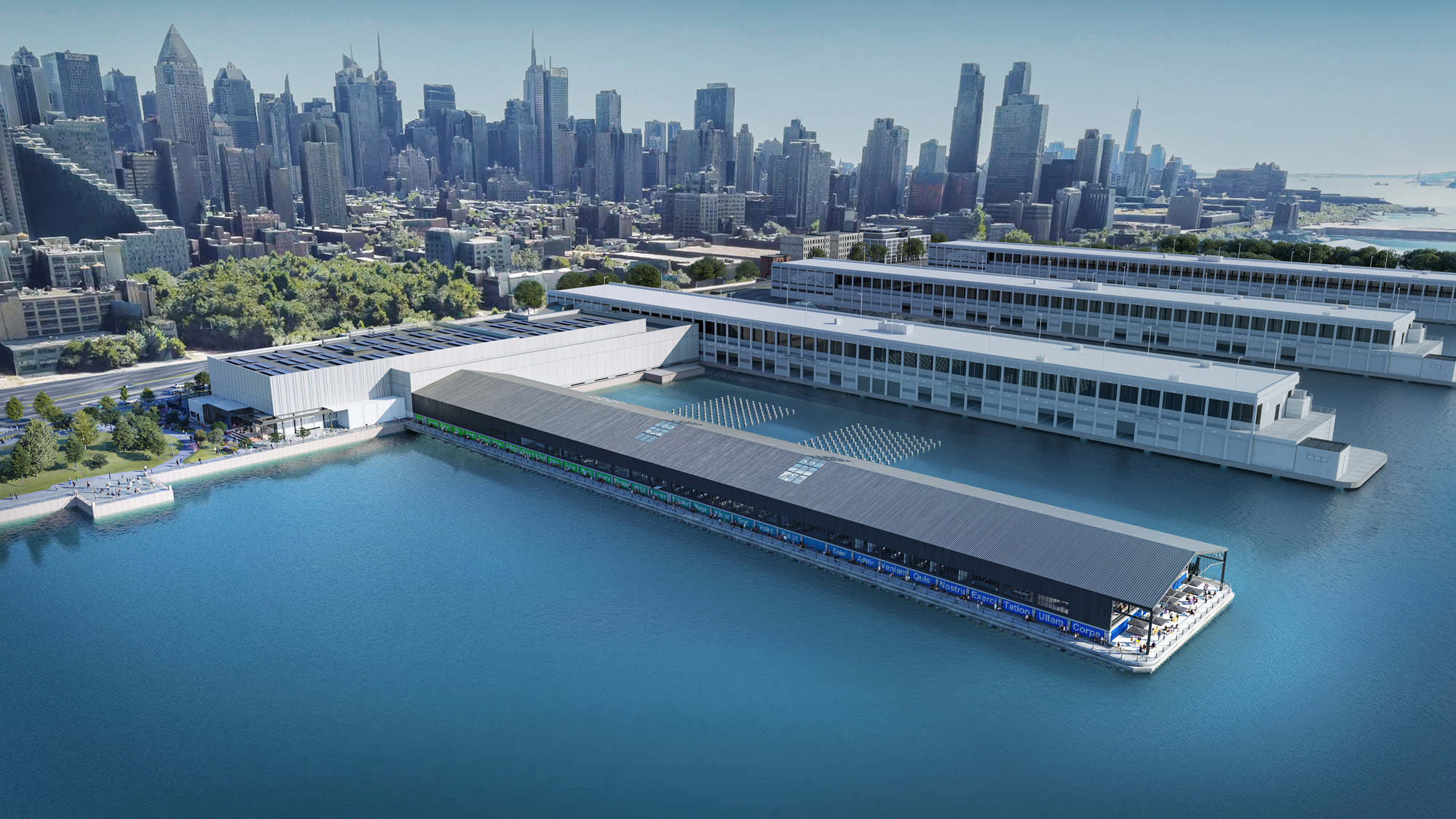
Circulation and Community Impact
Circulation was also a challenge, both internally throughout the campus and in public spaces around the outside of the building. Comparing the design process to an intricate Swiss watch, my colleague John Weidner highlighted the complexity of orchestrating the various circulation elements, ranging from pedestrian access and a bike path along the Hudson River Greenway, to the cruise line deck ramp and vehicular traffic from the Westside Highway.
“We worked from both boundaries,” Weidner explained, “trying to design from the inside-out to maximize studio footprint while accommodating the outside-in pressure of all the additional public circulation requirements.”
In addition to these external elements, the internal circulation plan needed to accommodate traffic into the studio soundstages for the cast, crew, and live studio audiences, as well as the trucks needed to load in heavy sets and equipment.
Ultimately, the project will improve safety for pedestrians and cyclists along the greenway by adding new traffic lights and speed tables. The community amenity also adds half an acre to the adjacent park at Pier 96 to the north, enhancing the waterfront experience for the public while ensuring privacy and security for the studio occupants.
As my colleague Leslie Jabs noted, the FEMA resiliency requirements also inadvertently created additional space for parking. "With the investment in the head house, and by matching the new floor height in the pier shed, the project was able to pick up the necessary parking within that eight-foot space below, and that was really needed for the project."
Multi-Agency Approval Process
Navigating the approval process involved coordinating with eight different agencies, including the Public Design Commission, NYCEDC, City Planning, Hudson River Park Trust, FEMA, the fire department, and the Department of Public Service.
“Because of the site’s unique location at the intersection of public parkland, a working waterfront, and critical infrastructure, every design move had to satisfy a layered set of technical and regulatory constraints,” Jabs explained. “We had to balance FEMA flood resiliency requirements, zoning limitations, historic view corridors, and multi-agency jurisdiction — all while preserving public access and ensuring operational needs for the studio. The Public Design Commission’s approval was essential because any riverfront construction or new public use required careful justification and sensitive design solutions.”

Economic and Community Impact
The Pier 94 project is expected to have a substantial economic impact, supporting more than 1,700 new jobs and contributing $6.4 billion to New York City's economy over the next 30 years. The facility's unique balance of features allows it to accommodate episodic and live audience television as well as feature film production, making it a one-of-a-kind complex in the heart of Manhattan.
The decision to raise the pier floor to meet FEMA’s resiliency requirements had another benefit, Jabs says, “It gave us a natural way to wrap the public park around the building, while still providing privacy and security for the interior occupants who look out over the walkway."
Once completed, the transformation of this historic site into a cutting-edge media production facility will have lasting impacts on the film industry, the local community, and the city of New York, helping to shape the future of media production and contributing to the city's vibrant cultural landscape.
"It's the first facility of its kind for production in Manhattan, and that in itself is a big deal,” Weidner says. “It's in the heart of the city, a city which is the East Coast Hollywood. New York is based on media, and to be there, to be on the Hudson in a repositioned landmark with all the positive energy that goes along with that, I think, is pretty incredible."
For media inquiries, email .
